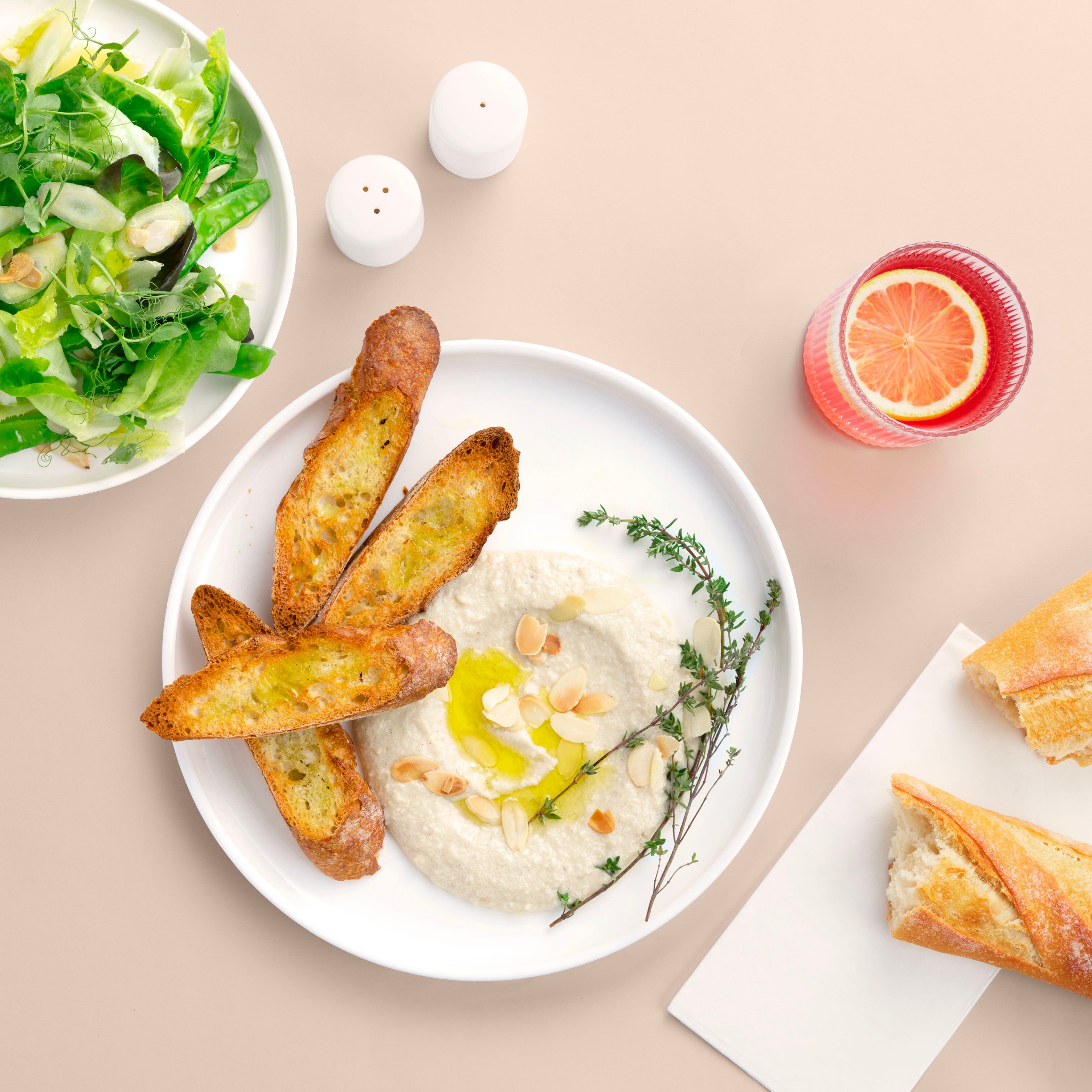
These ingredients are used for their energy content in the feed. Energy is essential for the maintenance of the animal. Energy sources are categorized in cereal grains, which are the most pure source of energy, and energy by-products which are more variable but can be cost-effective.
Cereal grains are utilized to fulfill the majority of the energy requirements in poultry. Starch serves as the primary energy component in cereal grains, highlighting the significance of starch digestion. Furthermore, the quality of cereal grains is influenced by seasonal and storage conditions. Poor growing or storing conditions for grains can result in a decreased energy content or an increase in toxin levels.
Grounded maize is a valuable source of energy for poultry. Chickens enjoy its taste, and they can digest it effectively. Furthermore, yellow maize contains natural colorants that enhance the yellow pigmentation of egg yolks. White maize possesses the same nutritional value as yellow maize but lacks the advantage of enhancing egg yolk pigmentation.

Millet is a cereal grain available in various colors. Similar to sorghum, millet can grow in dry and warm climates. Millet also contains anti-nutritional factors, such as phytates and tannins. The cereal is susceptible to mold growth during the dry season, so proper storage conditions are essential.

Sorghum is a common feed crop in dry climates, as it can grow in places that are too hot and dry to grow maize or wheat. However, older sorghum plants tend to have higher tannin content. Tannins are antioxidants that can have a negative effect on poultry performance. Fortunately, low-tannin varieties of sorghum crops are now available for unrestricted use in poultry diets.

Wheat is highly palatable for poultry and typically contains more protein than maize or sorghum. When finely ground, wheat should be limited to 5-10% in poultry feed. This is because finely ground wheat can become sticky and potentially have a negative impact on feed intake or beak condition. Coarsely ground wheat can be included at higher levels.

Barley is cultivated in regions with climates too cold for wheat to grow. Because of its higher fiber content, it is not as easily digested as wheat or corn.

By-products are the unused parts of a plant or animal that remain after a production process. Some by-products can still be utilized in animal feed. They are typically more cost-effective and lower in energy than whole grains, making them suitable for supplementing diets. They are particularly beneficial for layers, as layers are better equipped to compensate for lower energy in their diet.
Wheat bran is a by-product produced during the dry milling of common wheat into flour for human consumption. Wheat bran is rich in protein, phosphorus, magnesium, vitamins and minerals.

A by-product of grits or flour production from maize grain, its energy content may vary depending on the factory's processing method.

Wheat pollard is a by-product of wheat processing, consisting of a mixture of wheat bran and wheat meal. High-quality wheat pollard typically consists of approximately 50% bran and 50% meal. It is more digestible than wheat bran.

Wheat middlings are a bulky, low-nutrient-dense feedstuff consisting of wheat, wheat bran, wheat shorts, wheat germ, and wheat flour. They serve as a good source of energy, protein, and fiber, and can be used to improve pellet quality.

Rice bran is a by-product of rice and is rich in both fiber and oil. Proper storage is crucial, as inadequate storage can lead to the spoilage of the oil content. Rice bran is frequently mixed with rice hulls. However, due to its high fiber content, it should not be added in large quantities.

Oils and fats are energy sources that contain approximately twice the energy content of carbohydrates. Therefore, they can be included in the diet to help meet energy requirements. In addition to serving as an energy source, adding fat to poultry diets improves the absorption of fat-soluble vitamins, can improve pellet quality, and may also improve feed intake. Linoleic acid and a-linolenic acid are considered essential for poultry.
This is the oil pressed out of soybeans.

This is the oil that comes from the fruit of oil palm trees.

This is the oil pressed out of groundnuts.
